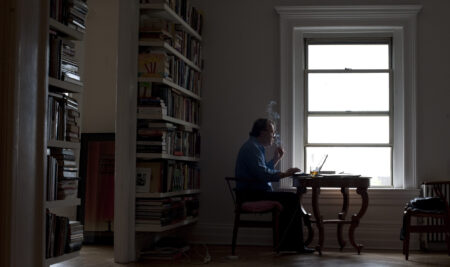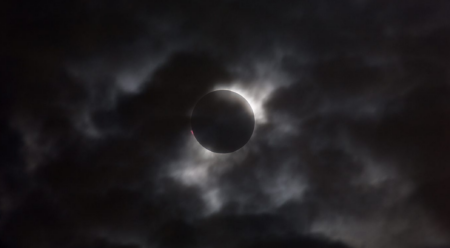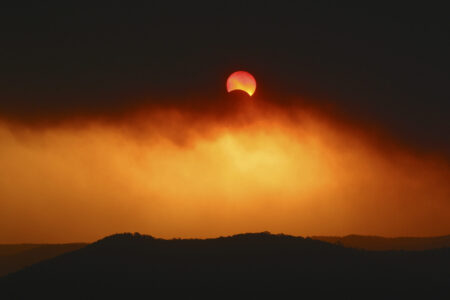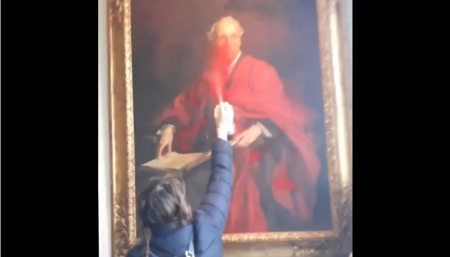Summer in Krakow is hotter than you might think. I find reprieve in the shade cast by St. Mary’s Basilica on the porch of one of the many restaurants that line the main square. Maybe it’s not as hot as I think—maybe it’s the European aversion to air conditioning or my own aversion to paying for water. Beer costs about the same as water. As at the wedding at Cana, Our Blessed Mother makes sure I will not thirst.
The church and square are almost equal in age. Since the early 13th century at the latest, people have come to the commons for community and commerce—to break bread in more ways than one.
The basilica and square developed in tandem. The basilica, now a UNESCO World Heritage Site, is one of the most iconic Catholic churches in the world because of its striking Gothic architecture and remarkable Veit Stoss wooden altar. As for the square, it remains the largest still in use from the European Middle Ages.
The beginnings of both basilica and square were much simpler. A museum exhibition of an archaeological dig performed on the square in the early 2000s showed what the first iteration of the church probably looked like: a simple, wooden, T-shaped structure. The square was a burial ground and bazaar.
Both were sacked during the Mongol invasion of Poland in the mid-13th century. When the Khanate crumbled, the Polish kings rebuilt the church—this time in a new style, early Gothic—and the square.
Throughout the 14th century, the church and square grew in size and significance. In the reign of Casimir III, the king ordered the basilica to be rebuilt bigger and more Gothic than before. He also ordered the construction of a town hall and central market building, the original Cloth Hall, on the main square. Over the 15th and 16th centuries, development continued. The towers of the Queen of Heaven’s basilica were crowned, and Polish kings used the square to dazzle diplomats, dignitaries, and dukes. Processions, with the pomp becoming of late-middle ages royalty, set off from the nearby Wawel Castle, which sits just south of the square on a hill that hugs the Vistula River. They would make their way to the basilica, circle around the square, and return to the starting point.
From the castle, one sees the basilica clearly, and vice versa. The square is evident to each, and both are evident to the people in the square. Wawel Cathedral was the coronation site of Polish kings. The basilica is devoted to Poland’s queen. Connecting the castle complex and its cathedral to the basilica and its square is Grodzka Street. It’s more or less a straight shot.
A city’s architecture is its story set in stone. It reveals the anthropological and ontological beliefs of its citizens. In Krakow, God has been at the center of both political and communal life since the beginning of the city. He brings order out of the chaos. He crowns kings, and His mother looks out for His people.
The timeless beauty of the churches, the culmination of constant care and patronage over the centuries, proclaims God’s glory. The immensity of the churches intimates the mystery of an omnipotent and omniscient yet personal God. We feast under the shade of the church, and she pulls our eyes upwards, causing us to ponder the eternal banquet to come.
Krakow is unlike many of the cities in this part of the world, not because this structure is unique but because it has survived. In the wake of World War II, Europe lay in ruins from Volgograd to London. In Poland, estimates suggest that 85 percent of Warsaw laid in ruin. Behind the iron curtain that would later fall upon Eastern Europe, the communists built the brutality upwards.
But Krakow was spared this fate. When the Nazis invaded from the west, they needed a place to put their headquarters. Even the Nazis saw the beauty in Krakow’s old city, which is why the General Government led by Hans Frank chose Krakow as its capital. And when the Nazi occupation became the Soviet occupation, the Soviets did not raze and rebuild nearly to the degree that they did in other cities such as Budapest.
Why was Krakow spared the most brutal modernity has to offer? Because, as Alexandr Solzhenitsyn said in his 1990 Nobel lecture, “the persuasiveness of a true work of art is completely irrefutable”:
A true work of art carries its verification within itself: Artificial and forced concepts do not survive their trial by images; both image and concept crumble and turn out feeble, pale, and unconvincing. However, works which have drawn on the truth and which have presented it to us in concentrated and vibrant form seize us, attract us to themselves powerfully, and no one ever—even centuries later—will step forth to deny them.
Krakow will not be denied.
Read the full article here














